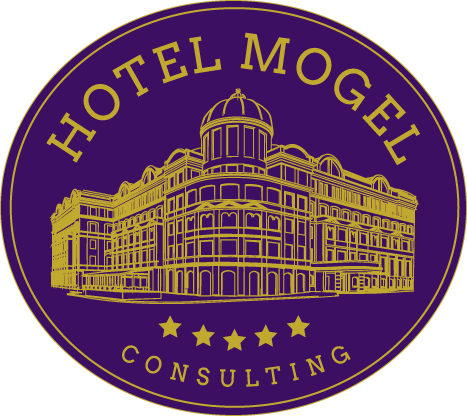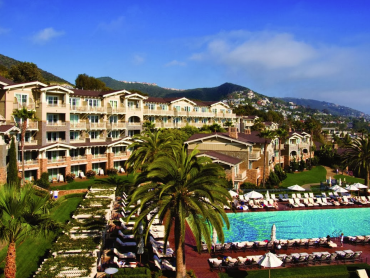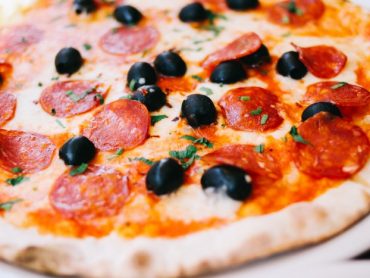Success Tips from the Google Cafeteria
This may seem like old news by now, but perhaps we can still glean some fresh insights from what Google does behind the scenes. For over ten years now, the internet giant has maintained what employees and critic alike rave as a world-class in-house restaurant and café program. Their menu is healthy, organic, locally sourced and delicious, with a diverse range of foods to satisfy the diverse tastes of their workforce. For awhile there, the motto was, “I eat at Google!” from satisfied Google employees.
From fresh ahi tuna and scallops to free-range eggs and eggplant ratatouille, this was and continues to be a massive expenditure. But it has paid off; the two most visible benefits being time saving and nutrition.
With a corporate cafeteria fare this good and considering that it’s open at all hours and free, employees have much more incentive to stay close to work during their lunch hour. In other companies that house a cafeteria with ‘institutional-grade cuisine’, employees may feel obligated to travel up to thirty minutes roundtrip to get their lunchtime specialties. That’s lost productivity considering that the company’s restaurant is at most a two minute walk.
And the benefits of a proper diet should never be marginalized. Greasy, insulin-spiking foods have been shown time and time again in scientific studies to not only cause weight gain but also impede healthy brain tissue development. And a healthy brain is a productive brain. With the right nutritional support, you will encourage a more productive, less lethargic workforce.
Apart from these two obvious boosters are the social benefits. It’s already part of many competitive strategies to provide a world-class cafeteria for top executives so that they can woo clients in-house. This tactic works. Dining with prospects in your corporate home, as opposed to eating out, provides a more intimate setting to build relationships and close deals.
But there’s also the concept of ‘cross-pollination’ problem solving. The cafeteria brings people together from various departments. With that come differing opinions and areas of expertise. Perhaps something the spa director read in a recent health and wellness magazine would make for the crowning touch to an outstanding promotional offer for next season. If only the marketing director was eating at the same table to voice his woes, listen in on what his colleagues had to say and possibly discover a creative solution.
Bringing people together in a superior cafeteria setting can be highly motivational. It can also be inspiring. You won’t be able to predict how this ‘cross-pollination’ might occur, but one thing is clear: the more minds, the more pollination. The better you encourage people to stay in for their lunch break, the better you’ll promote such imaginative decision making to naturally emerge.
Now at this point, don’t stop and think to yourself, “Our cafeteria’s fine.” You should always be on the lookout for subtle ways to bolster your employee dining experience. Do you offer a variety of fresh fruits and tasty salads? Do you rotate through weekly exotic dishes or is it the same menu month after month? Consider some daily specials.
Perhaps the shortcoming has more to do with ergonomics. How’s the décor? Is it pleasing to the eye? Do you have enough space for a large number of employees to sit comfortably?
The key is that you can’t only think of offering a free cafeteria as a perk. It’s a necessity – quality over simple proximity. And if you’re not the GM or F&B director, pass this on to the decision makers so they’re aware of this missed opportunity to improve operations!



